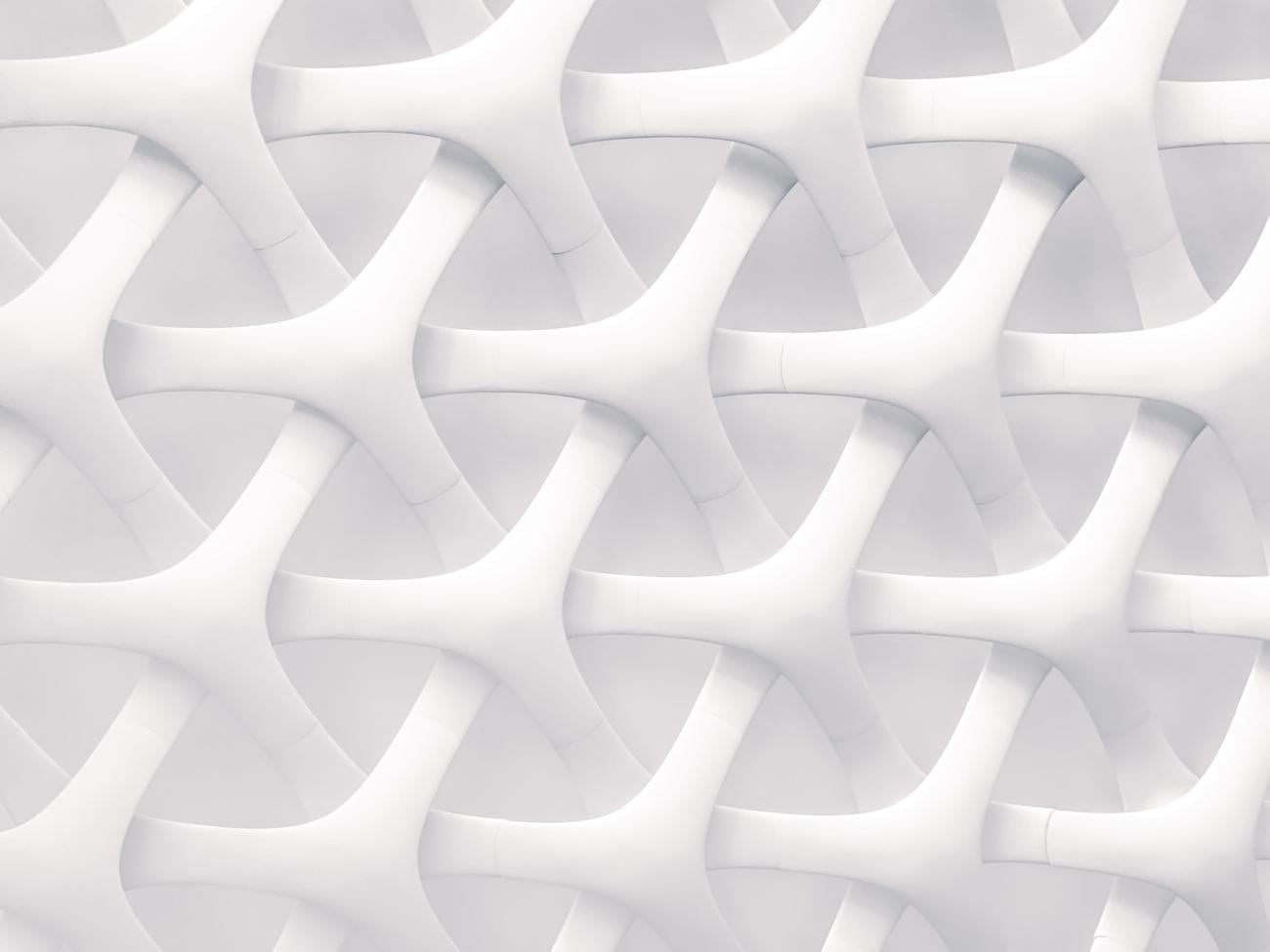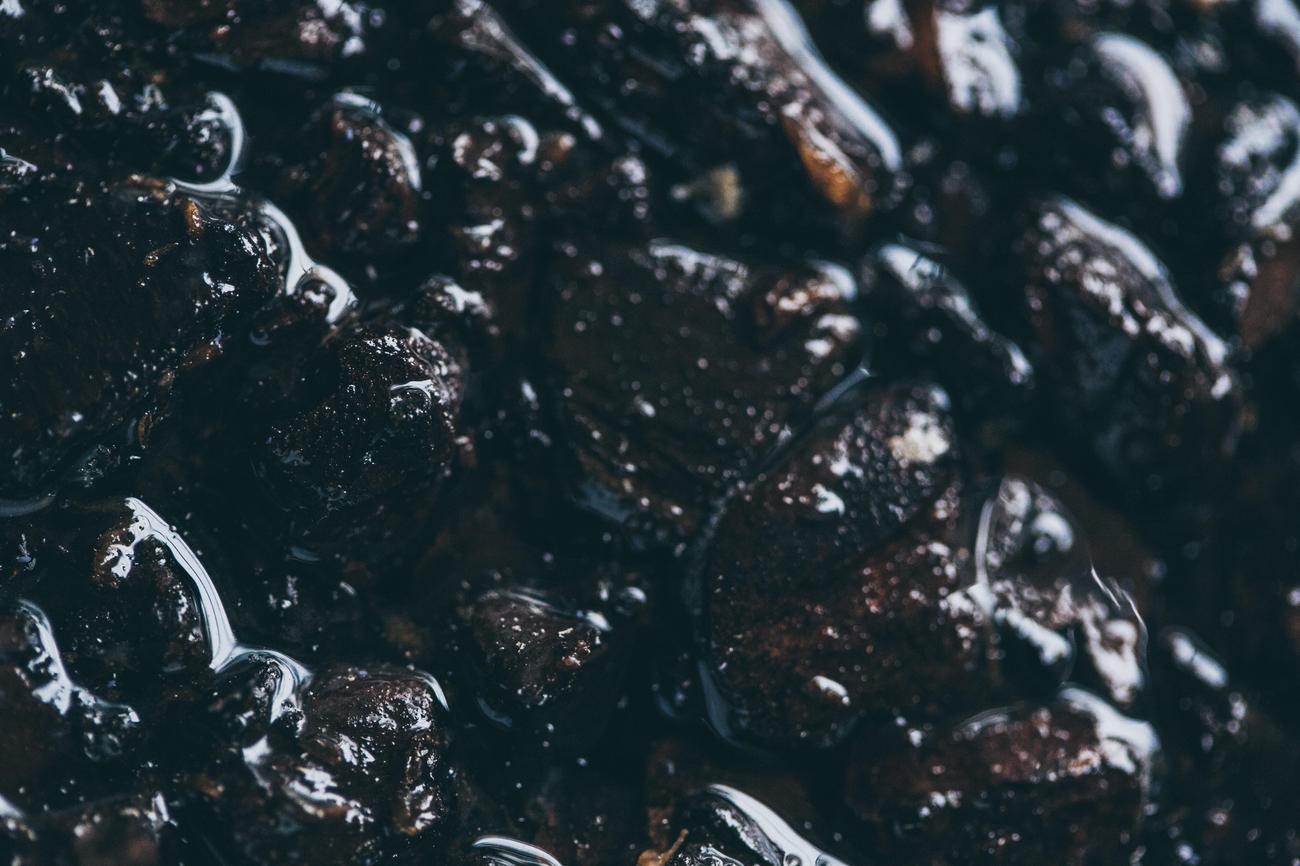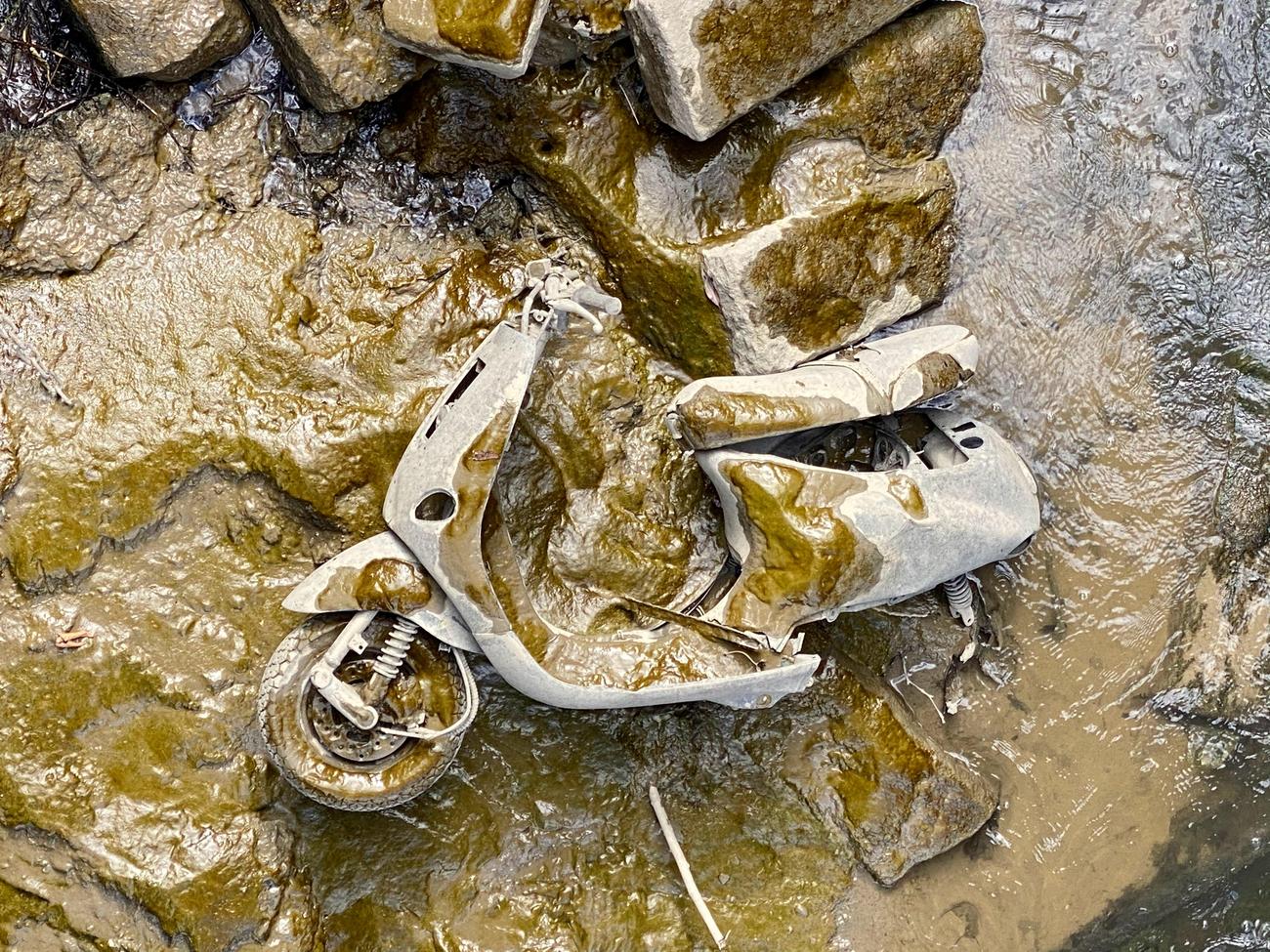Get ready to dive into the ooey-gooey world of slime with our exciting article on “10 Fun Facts About Slime for Kids”! As an experienced writer and educator, I have carefully curated a collection of astonishing facts that will leave your young readers captivated and curious. With a passion for creating informative and enjoyable content for children, I guarantee that this article will make learning about slime an absolute blast! So, sit back, relax, and prepare to be amazed by the fascinating world of slime!

10 Fun Facts About Slime For Kids
Do you know what slime is? Have you ever wondered where it comes from or how it’s made? In this article, we’ll dive into the fascinating world of slime and uncover some interesting facts that will leave you amazed. Get ready to have your curiosity piqued as we explore 10 fun facts about slime for kids!
1. Slime has an ancient history dating back thousands of years. Slime-like substances have been around since ancient times. In fact, the first recorded mention of slime-like materials can be traced back to ancient Greece. Back then, people used slime made from seaweed and other natural ingredients as a form of glue.
Did you know? Slime has been a part of human culture for centuries, proving that slimy fun is timeless!
2. Playing with slime offers benefits like stress relief and sensory stimulation. Slime isn’t just gooey and fun to play with; it also provides therapeutic benefits. The sensory experience of squishing and stretching slime can help relieve stress and anxiety. It’s no wonder that slime has become a popular tool for relaxation and sensory play.
Remember this! Playing with slime is not only enjoyable but also offers soothing effects that can calm your mind.
3. There are different types of slime like fluffy slime, glitter slime, and magnetic slime. Slime comes in all sorts of variations and textures. You can find fluffy slime that feels soft and airy, glitter slime that sparkles and shines, and even magnetic slime that can be manipulated with the help of a magnet. Each type of slime has its unique qualities and offers a different sensory experience.
Fun fact alert! The variety of slime types means there’s always a slime out there that suits your preferences.
4. Slime can be made with simple ingredients like glue and borax. Making slime at home is a popular DIY activity. You can create your own slime by combining common household ingredients like glue and borax. This simple recipe allows you to customize your slime by adding colors, scents, and even glitters.
Pro tip: Making your own slime is not only fun but also a great way to learn about chemistry and experimenting with different materials.
5. There are more than 900 species of slime mold in the world. Slime isn’t just a toy; it’s also a living organism! Slime molds are unique organisms that resemble a gelatinous mass. They can be found in various habitats, from forests to gardens. These fascinating organisms play an important role in the ecosystem by aiding decomposition and recycling nutrients.
Mind-blowing, isn’t it? Slime molds prove that slime is more than just a plaything; it’s a fascinating part of nature.
6. Slime in nature is called mucus, and you have some in your nose right now. Slime plays vital roles in nature, especially in the animal kingdom. Animals produce slime-like substances called mucus. You might be familiar with mucus as the sticky material that helps trap dirt and germs in your nose. Mucus is essential for keeping us healthy and protecting our bodies from harmful substances.
Think about it! Slime serves a significant purpose not just in play but also in keeping our bodies healthy and protected.
7. Toy slime was invented in 1976 by Mattel Toys and was designed to be gross with a glossy green shine and cold slimy feel. The slime we know and love today as a toy was invented in the 1970s. Mattel Toys created the first commercially successful toy slime, which was designed to be gross and oozy. It had a glossy green color that added to its slimy appeal. Since then, slime has become a staple in playrooms all around the world.
Interesting, right? Toy slime was intentionally made to be gross and slimy, and that’s what makes it so much fun to play with!
Ready for more slime knowledge? Check out these resources for additional fun facts about slime:
– sharefunfacts.com
– kansasdiscovery.org
– beano.com
– wiki.kidzsearch.com
So there you have it, 10 fun facts about slime for kids! From its ancient origins to its therapeutic benefits and different varieties, slime is undoubtedly an incredible substance. Whether you’re playing with it to relieve stress or exploring its natural counterparts, slime never fails to captivate our imagination. So go ahead, grab some slime, and let the fun begin!
Slime has taken the world by storm, and if you’re as fascinated by it as we are, we’ve got a treat for you! Check out our list of 10 fun facts about slime that are sure to blow your mind. From its origins to its mesmerizing properties, this list covers everything you need to know about the gooey, stretchy substance. So, if you’re ready to dive into the slimy world of fun and fascination, click here to uncover the secrets of slime: 10 fun facts about slime. Don’t miss out on this opportunity to expand your slime knowledge – click the link and prepare to be amazed!
10 Fun Facts About Slime For Kids
Did you know that slime has become one of the most popular toys among kids? If you’re looking for some fascinating slime facts for children, you’re in for a treat! Slime isn’t just gooey and stretchy; it’s also a science experiment that can teach kids about polymers and chemistry. But that’s not all! Slime is full of slime facts for kids that will blow their minds and keep them entertained for hours. So, gather the young ones and get ready to dive into the world of slime!
Let’s start with some incredible slime facts for young ones. Did you know that slime was accidentally invented in the 1970s? It was initially meant to be a toy, but scientists quickly realized its educational potential. Kids can learn about viscosity, elasticity, and even Newton’s laws of motion, all while having a blast with slime.
But wait, there’s more! Slime can also be a fantastic stress reliever for children. The squishy texture and vibrant colors can help calm anxious minds and promote relaxation. So, if your little ones need a break from the daily hustle and bustle, let them indulge in the sensory experience of slime.
Now, let’s talk about slime facts for kids that will leave them amazed. Did you know that slime can glow in the dark? Yes, you heard that right! There are slime variations that contain special additives, making them glow under UV light. Imagine the fun your children will have at glow-in-the-dark slime parties or late-night slime experiments!
If you’re looking for more slime knowledge, we’ve got you covered! Click here to discover some slime facts for kids that will surprise and delight the whole family. Our collection of slime facts will take you on a journey through the slimy world of gooey goodness. So, don’t miss out on the opportunity to learn something new and exciting about slime!
Keywords:
– slime facts for kids
– fun slime facts for children
– amazing slime facts for young ones
7 Fascinating Facts About Slime for Kids: From Fluffy Slime to Snot!
[youtube v=”OmZ3yV7BHJk”]
Fact #1: The Mesmerizing History of Slime
Slime is not just a recent trend – its roots go back thousands of years! The ancient Greeks were the first to mention slime, recognizing its unique properties. Today, we embrace slime for its stress-relieving and sensory-stimulating benefits. Playing with slime can be a soothing and fun experience that captivates kids of all ages. As you delve into this gooey world, you’ll discover diverse types of slime, such as fluffy slime, glitter slime, and even magnetic slime. Each variation offers a distinct sensory experience that makes slime playtime truly exciting.
“Slime is not just a toy; it has a rich history that spans centuries and offers unique sensory benefits for kids.”
Fact #2: Unleashing Creativity – The DIY World of Slime
Did you know that making slime is not just a pastime but also a creative outlet? By using simple ingredients like glue and borax, you can create your own slime at home. The do-it-yourself (DIY) aspect of slime-making allows kids to experiment with different colors, textures, and even scents. It’s like being a mad scientist in your very own slime laboratory! Plus, creating slime offers a hands-on experience that stimulates imagination and encourages exploration.
“Get ready to unleash your creativity as you dive into the world of DIY slime making. It’s a fantastic way to explore different textures and colors while having fun!”
Fact #3: Expanding Our Horizons – Slime in Nature
Slime is not limited to the toy aisle; it exists in nature too. In the natural world, slime is called mucus, and many animals produce it for various purposes. From providing protection for their bodies to aiding in movement, slime plays a crucial role in animal survival. Additionally, there are over 900 species of slime mold worldwide, contributing to decomposition and nutrient recycling in ecosystems. Fascinating, isn’t it?
“Slime is not just a plaything; it’s a fascinating natural phenomenon found in animals and contributes to the balance of ecosystems.”
Fact #4: The Slimy Invention that Revolutionized Playtime
Toy slime as we know it burst onto the scene in 1976, thanks to Mattel Toys. This glossy green creation, sold in little green trash cans, quickly became a hit among kids. It served as a tool for mischief, pranks, and even simulated bodily fluids like snot and boogers. Slimy and totally gross, it was loved by kids looking for some gross-out fun!
“In 1976, Mattel Toys unleashed a slimy revolution with their toy slime, which became an instant hit among kids and their mischievous games.”
Fact #5: From TV Shows to Ninja Turtles – Slime-Mania!
Slime has made its mark beyond the toy realm and become a popular feature in TV shows and pop culture. In the game show “Double Dare,” contestants risked getting drenched in a big bucket of slime as the ultimate prize. Furthermore, slime’s popularity skyrocketed with the Teenage Mutant Ninja Turtles toy line. The notorious “Flush O-Matic” toy had slime oozing through a play toilet seat – gross, but undeniably captivating!
“Slime conquered the small screen through game shows, and the Teenage Mutant Ninja Turtles toy line took slime to a whole new level of oozy entertainment.”
Fact #6: Slime’s Harmless Nature… But Don’t Eat It!
Although slime might seem gooey and somewhat icky, it’s non-hazardous and won’t cause any harm. However, there is one crucial rule: do not eat it! As tempting as it may be, consuming slime isn’t safe. Not only does it taste terrible, but it can also make you sick. So remember, while slime is harmless for playtime, don’t put it in your mouth!
“Slime is harmless and perfectly safe to play with, but remember, kids, avoid eating it at all costs – it won’t taste good, and it can make you sick!”
Fact #7: Beware the Vinegar Effect on Slime
Imagine making a batch of slime, only to watch it vanish before your eyes. Well, that’s what happens when you pour vinegar on slime – it dissolves! So, be careful not to accidentally ruin your slime creation by introducing vinegar. Keep your slime intact for endless hours of gooey fun.
“Vinegar might be great for salad dressings, but keep it away from your slime! It has the power to dissolve your creation – a disappearing act you’d want to avoid.”
As we wrap up our slime exploration, you’ve discovered a world of gooey fun and fascinating facts. From its ancient history and creative DIY potential to its presence in nature and pop culture, slime has captivated us in countless ways. So, unleash your creativity, dive into slime playtime, and embrace the slimy wonders that await!
Sources:
– sharefunfacts.com
– kansasdiscovery.org
– beano.com
– wiki.kidzsearch.com

FAQ
Question 1
When did slime have its origins?
Answer 1
Slime has an ancient history dating back thousands of years.
Question 2
What are the benefits of playing with slime?
Answer 2
Playing with slime offers benefits like stress relief and sensory stimulation.
Question 3
What are the different types of slime?
Answer 3
There are different types of slime like fluffy slime, glitter slime, and magnetic slime.
Question 4
What are the ingredients used to make slime?
Answer 4
Slime can be made with simple ingredients like glue and borax.
Question 5
How many species of slime mold are there in the world?
Answer 5
There are more than 900 species of slime mold in the world.
Question 6
What is slime called in nature?
Answer 6
Slime in nature is called mucus, and you have some in your nose right now.
Question 7
Who invented toy slime and when?
Answer 7
Toy slime was invented in 1976 by Mattel Toys and was designed to be gross with a glossy green shine and cold slimy feel.
Question 8
Where can I find additional resources for more information on slime?
Answer 8
For more information on slime, you can visit websites like sharefunfacts.com, kansasdiscovery.org, beano.com, and wiki.kidzsearch.com.
- Medieval Houses: A Social History Through Architecture - April 29, 2025
- Unlock Senior Perks: How Old is a Senior Citizen?Complete Guide - April 29, 2025
- Happy Patients: Tech Solutions for Better Healthcare - April 29, 2025
















